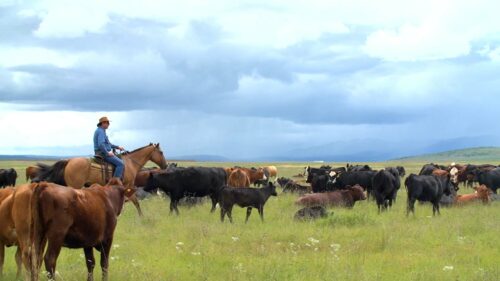
This one day workshop will explore how good grazing management is key to improving profit in the ranching business. Learn how to improve land and create a profitable business that can stay in the family for generations.
The Ranching For Profit School will help you to find the breakthroughs that will improve the health and productivity of your ranch, the profitability of your business and the quality of your life.
Classroom will discuss economics of grazing management, grazing principles, soil health, and application of the grazing principles.
Pre-registration is required. REGISTER HERE!
Find more information on the Ranching for Profit Flyer (Gunnison, CO)


